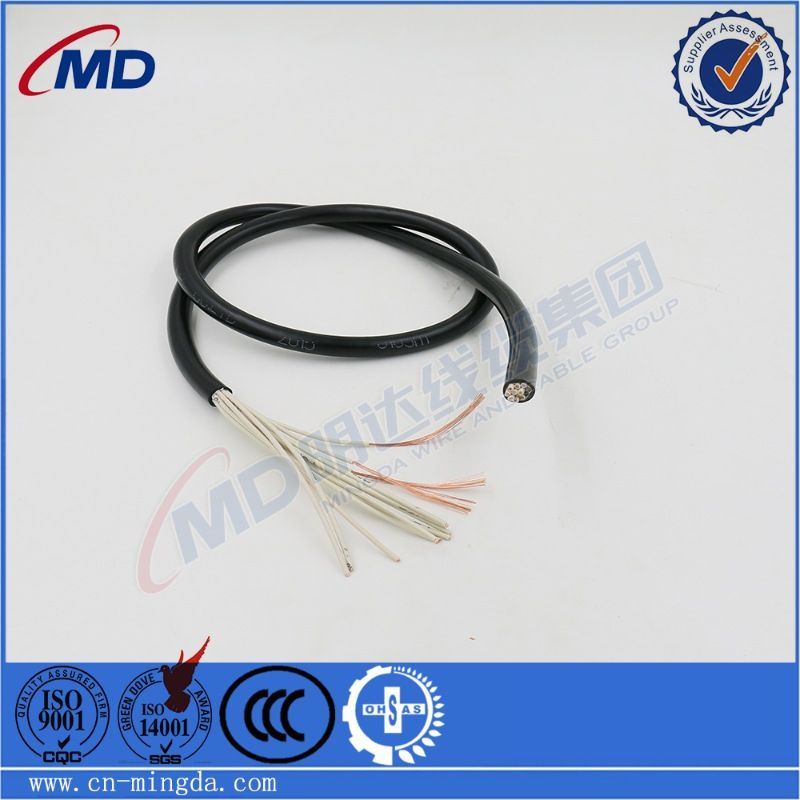9 月 . 04, 2024 12:04 Back to list
single plate check valve
Understanding Single Plate Check Valves Function, Benefits, and Applications
Single plate check valves are critical components used in various fluid and gas systems to ensure unidirectional flow. Their design, featuring a single disc or plate that pivots on a hinge, allows fluid to flow in one direction while preventing backflow. This mechanism is fundamental in many industries, including water treatment, oil and gas, and chemical processing.
Functionality of Single Plate Check Valves
The primary function of a single plate check valve is to prevent reverse flow in piping systems. When fluid flows in the intended direction, the force pushes the disc off its seat, allowing fluid to pass through unrestricted. When the flow stops or attempts to reverse, the disc returns to its seat due to gravity or the weight of the fluid above, effectively blocking any backflow. This simple yet effective mechanism is crucial for protecting equipment from damage, ensuring operational efficiency, and maintaining system integrity.
Design Features
Single plate check valves come with several design advantages. Made typically from durable materials such as stainless steel, cast iron, or plastic, they are built to withstand a variety of operating conditions. Their compact design not only saves space but also reduces the weight compared to traditional swing check valves, making installation easier and more economical. The streamlined shape minimizes pressure loss, enhancing the overall efficiency of the system.
Additionally, the single plate construction simplifies maintenance, as fewer parts mean less susceptibility to wear and tear. This results in lower maintenance costs and less frequent replacements, making it a cost-effective solution in the long run.
single plate check valve

Benefits of Using Single Plate Check Valves
One of the most significant benefits of single plate check valves is their ability to provide reliable service with minimal intervention. Their simple mechanical operation reduces the likelihood of malfunctions compared to more complex valve systems. The quick response time ensures that the backflow is stopped almost instantly, protecting downstream equipment and processes.
Moreover, these valves contribute to energy efficiency. By preventing backflow, they eliminate the need for additional pumps or systems that would otherwise be required to mitigate reverse flow, leading to savings in energy consumption and operational costs.
Applications
Single plate check valves are versatile and find applications across various sectors. In water management systems, they are used to prevent reverse flow in pipelines and prevent contamination. In the oil and gas industry, they protect against backflow that could lead to unsafe conditions or spills. Additionally, in HVAC systems, these valves play a crucial role in maintaining the proper direction of fluid flow in heating and cooling applications.
Conclusion
In summary, single plate check valves are an essential component in modern fluid systems, offering reliable, efficient, and cost-effective solutions for controlling flow and preventing backflow. Their design, functionality, and versatility make them suitable for a wide range of applications, ensuring safety and efficiency in various industries. As technologies evolve and fluid management needs become more complex, the importance of such reliable components will only continue to grow.
Share
-
Understanding the Differences Between Wafer Type Butterfly Valve and Lugged Butterfly ValveNewsOct.25,2024
-
The Efficiency of Wafer Type Butterfly Valve and Lugged Butterfly ValveNewsOct.25,2024
-
The Ultimate Guide to Industrial Swing Check Valve: Performance, Installation, and MaintenanceNewsOct.25,2024
-
Superior Performance with Industrial Swing Check Valve: The Essential Valve for Any SystemNewsOct.25,2024
-
Industrial Swing Check Valve: The Ideal Solution for Flow ControlNewsOct.25,2024
-
You Need to Know About Industrial Swing Check Valve: Functionality, Scope, and PerformanceNewsOct.25,2024